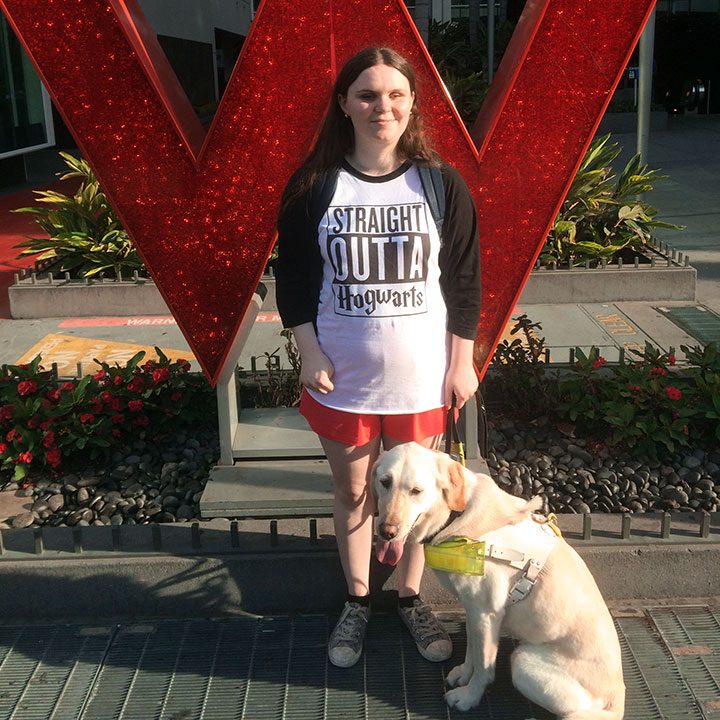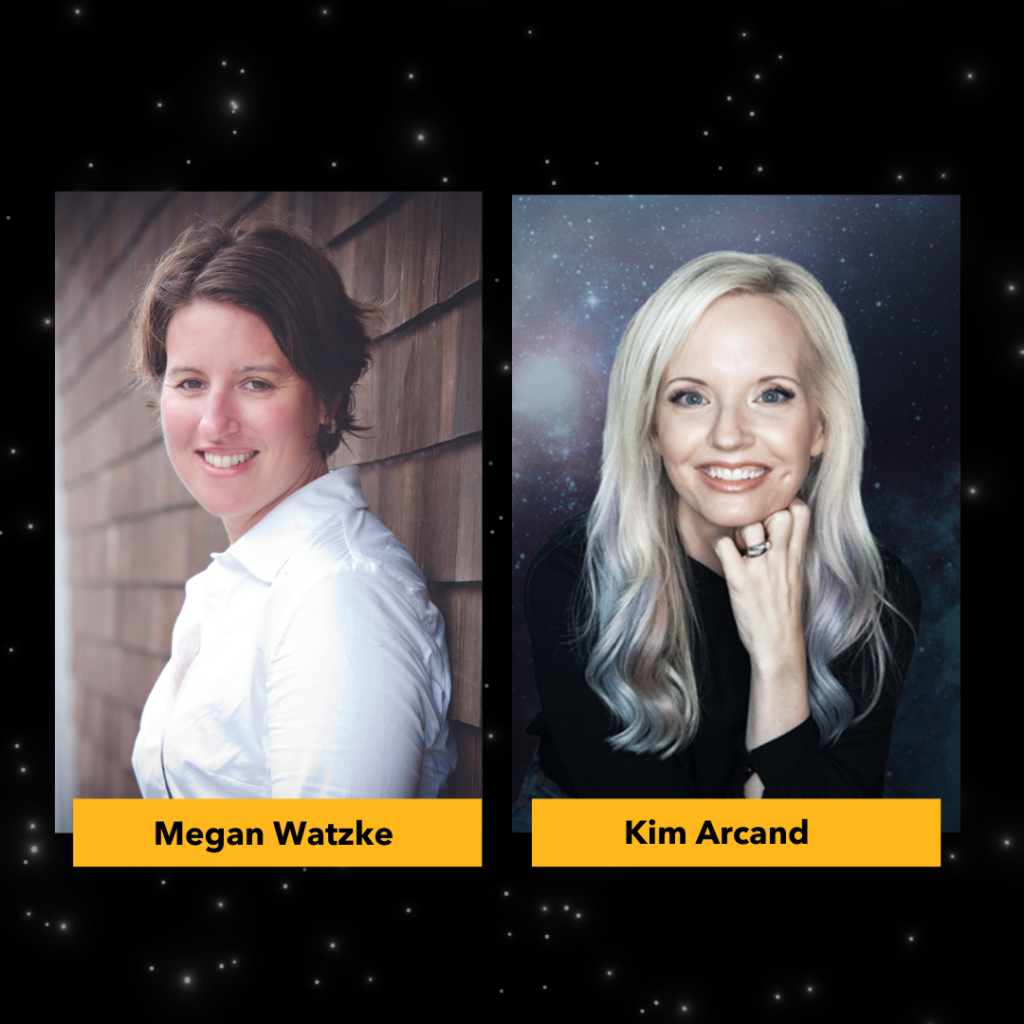I started to learn braille when I was only a toddler. By the age of four and a half I entered school being able to read and write uncontracted braille. I then progressed onto grade 2 (contracted braille) and the maths and science codes. Braille was the foundation of my education. It enabled me to access books, to participate in the classroom and to write down my ideas. I was an avid reader, and braille opened up many worlds to me.
I have talked extensively about the impact braille has had on my life, and how vital it is that we continue its use. But what do I use braille for today? Surely, now technology is so advanced there’s no need for it anymore.
Here are just a few things I use braille for:
- Labelling: I use braille to label all kinds of products, from cd’s and dvd’s to makeup.
- Presenting: if I’m delivering a presentation, for example in one of my classes, I will use braille to read my presentation notes. I can stand up, with my braille display and read quickly, without having to rely on the audio output of a screenreader.
- Identifying medication: most medication boxes come with braille on them, and this is incredibly useful. I can pick up almost any box and know what it is.
- Sending and receiving cards: I rarely write letters, but if I wish to send Christmas or birthday cards I will write them in braille, especially if they are going to my blind friends. There is something nice about receiving one, and being blind definitely doesn’t exclude me from that.
- Reading: although I use ebooks a lot there is no reason why I can’t also read them in braille. With the use of a refreshable braille display I can buy a book on kindle and then read it in braille. How I read depends on what I’m doing. If I’m using my computer it’s most likely I’ll read using a screenreader. If I’m at the university with just my phone I will probably hook up my braille display and read that way.
Braille gives me a choice. I love the advances that have been made in technology, and I am so incredibly grateful that I can now buy ebooks. I remember having to wait until the braille or audio version of a book I wanted was released, but now the chances are I will be able to buy it electronically. For some people, those advancements have lead to them not using braille anymore. But for me I can embrace both, and I do it with gratitude.
Thank you Louis for the system you created, for knowing that you deserved more and that better things were possible.
“Access to communication in the widest sense is access to knowledge, and that is vitally important for us if we [the blind] are not to go on being despised or patronized by condescending sighted people. We do not need pity, nor do we need to be reminded we are vulnerable. We must be treated as equals – and communication is the way this can be brought about.” Louis Braille.
Holly Scott-Gardner is a student, blogger and public speaker from the UK. She has been blind since birth and aims to use her experience of growing up disabled to encourage the promotion of increased accessibility, awareness and social change. She currently holds the position of disabled student’s councilor at Coventry University and co-founded Disabled Survivors Unite, an organization that fights domestic and sexual abuse against disabled people. She has written for a number of external publications including The Guardian, Through Scarlett’s Eyes and Disability in Kidlit. Read more stories on her blog at CatchTheseWords.com.



